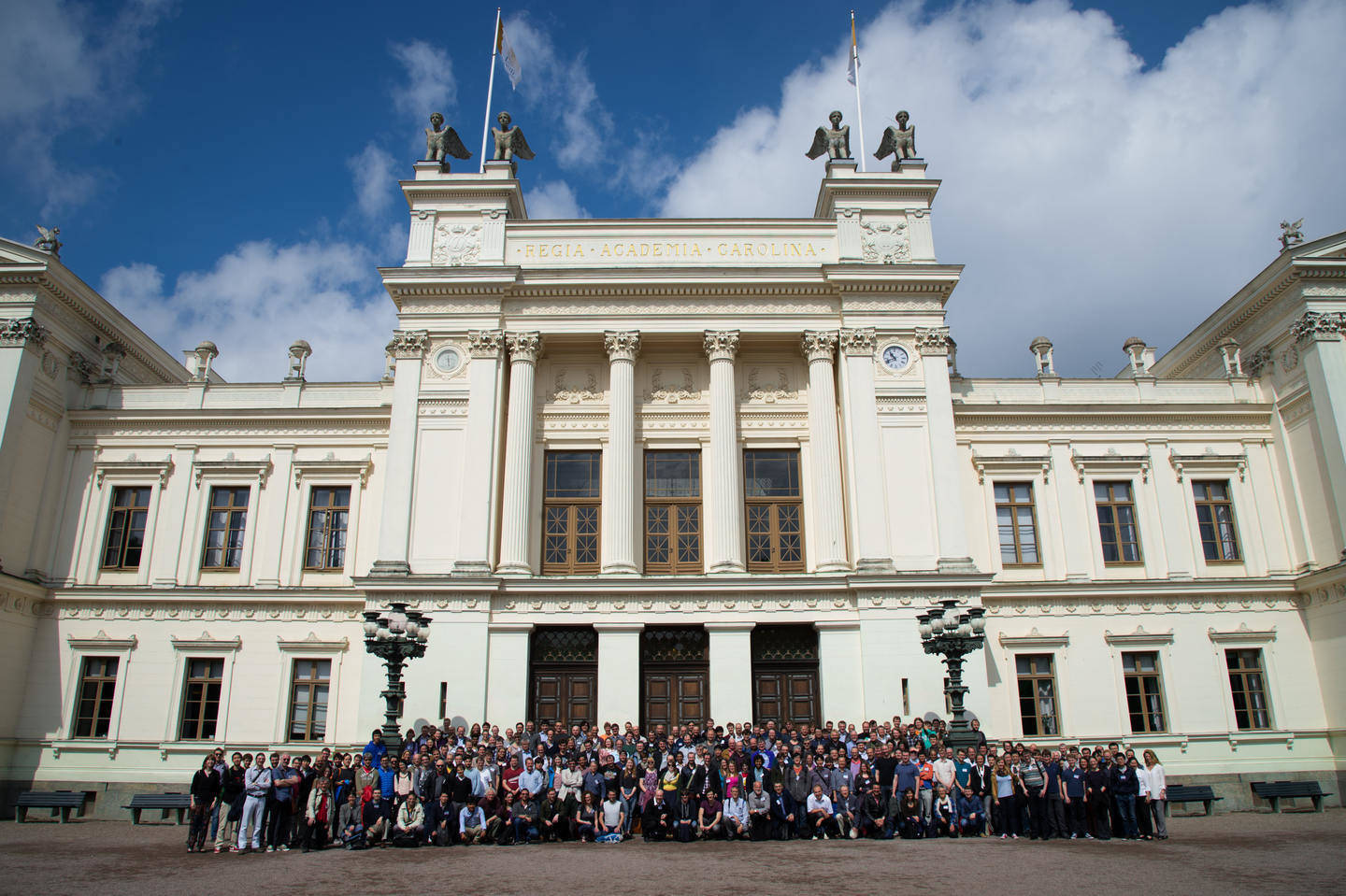The LHCP2016 conference (Large Hadron Collider Physics 2016), held this week in Lund, Sweden, sets the scene for the high-energy physics summer conferences. This is an opportunity for high-energy physicists to look at the latest results of the LHC experiments, from Standard Model physics, research on the Higgs boson and heavy-ion physics to Supersymmetry and other Beyond Standard Model investigations.
The timing of the LHCP meeting is too early to have new physics results from the latest, 2016, data. However, performance analyses of the detectors from the start of the 2016 run are shown at this week’s conference. Although the LHC is operating at the same energy as in 2015, the machine has been tuned to increase the number of collisions at each crossing of proton bunches. In 2015, 15 to 20 collisions occurred at each bunch crossing at the centre of the ATLAS and CMS detectors, whereas 25 to 30 collisions occur now at each crossing. Re-establishing a good detector and trigger performance in these conditions, with tuned and improved detectors, is always an important task at the start of each year's data-taking, to prepare for physics results. The big experiments, ALICE, ATLAS, CMS and LHCb, are presenting 2016 performance results.
LHCP this year also provides an excellent chance to take stock of the results from 2015 data-taking, as a number of new results released since the winter conferences are available for the conference. This includes results from the proton–proton collisions in 2015, but also from the lead–lead data-taking at the end of the year.
The LHCb collaboration are presenting, for instance, new results about tetraquarks and pentaquarks, the new class of particles discovered last year. The proton–proton run results also include the previously released analyses from CMS and ATLAS showing a slight excess in events with two photons with diphoton mass close to 750 GeV. Both experiments have submitted, this week, the final 2015 data results to peer-reviewed journals. The two experiments are now collecting a much bigger sample at the LHC, which should, in time, give an answer to whether the slight excess observed in 2015 points to a new observation or a statistical fluctuation. Among the results from lead-lead collisions at the new record energy of 5.02 TeV per nucleon pair, the ALICE collaboration are presenting a new analyse on the suppression of particle production at high transverse momentum.
The next big event for LHC physics results is planned for early August in Chicago, at the ICHEP 2016 conference.
Read news from ATLAS and CMS for more information on the results presented in LHCP2016.

